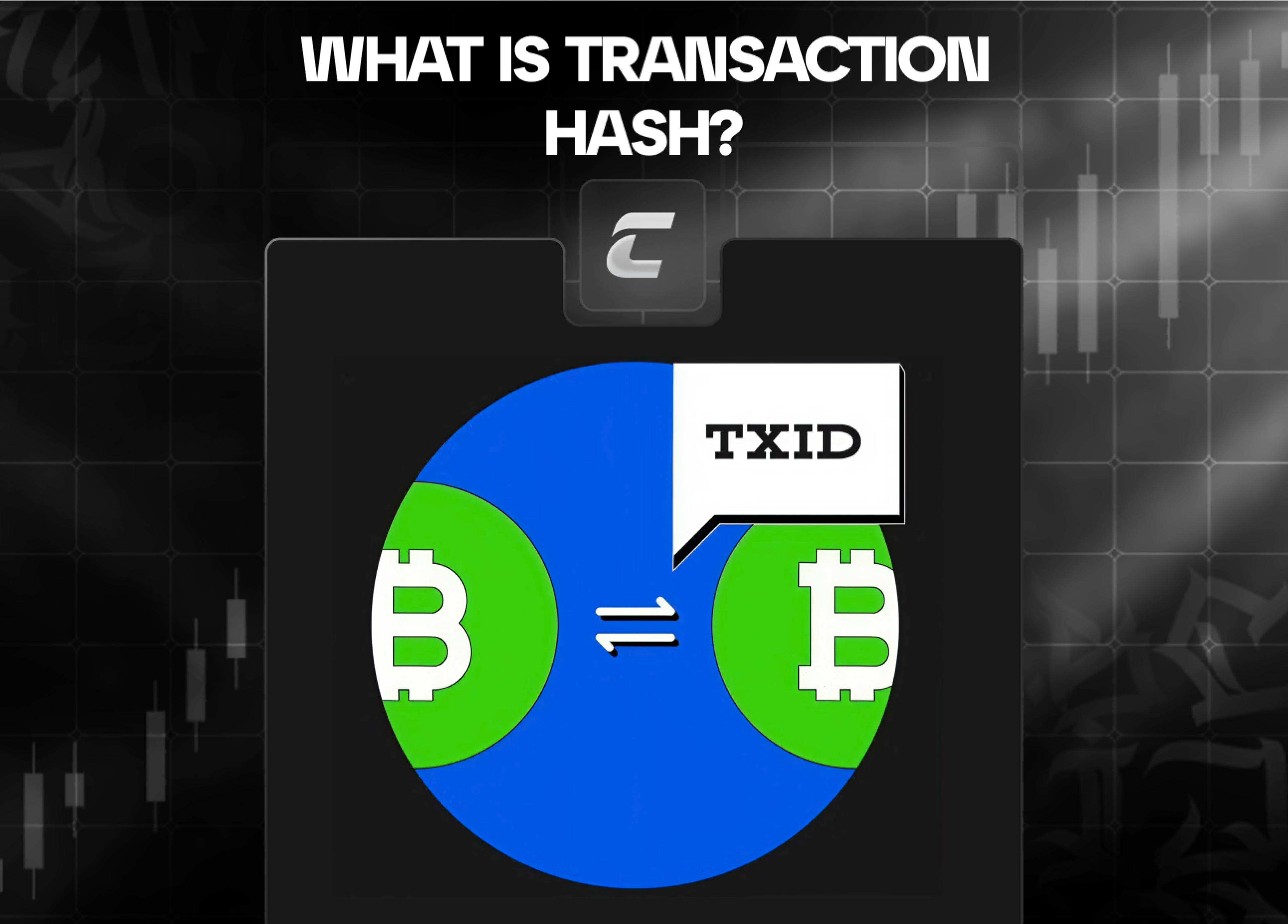Последние статьи

Скины из CS2 - выгодные альтернативные инвестиции?

Хеш транзакции: что это, как проверить и избежать рисков

Свечные паттерны: основы и стратегии использования в трейдинге

Отзыв студента: Павел об обучении в Cryptology Key

Что такое TronScan и как им пользоваться

Что такое кросс-курс

Что такое ликвидность в трейдинге

Что такое MACD

Что такое Zealy (Crew3) и для чего его используют?

Сложный процент в жизни и трейдинге

Цифровая валюта центральных банков (CBDC)

Налогообложение криптовалюты в Украине


